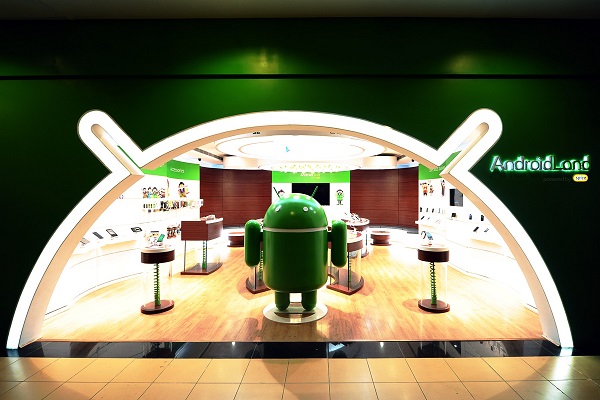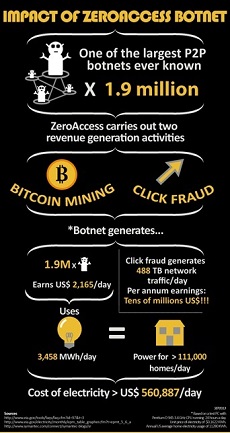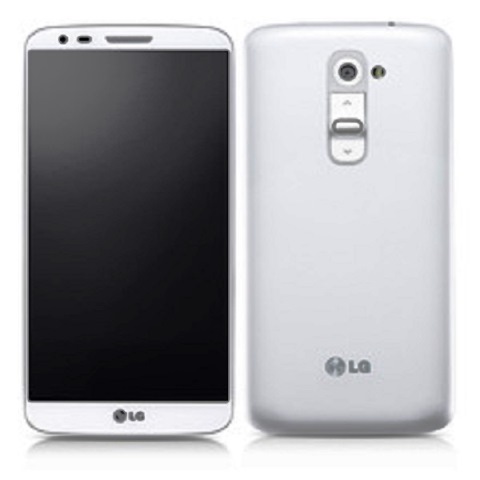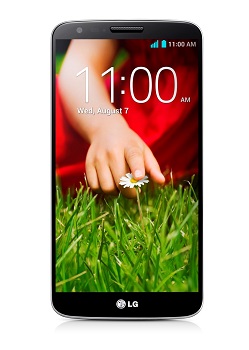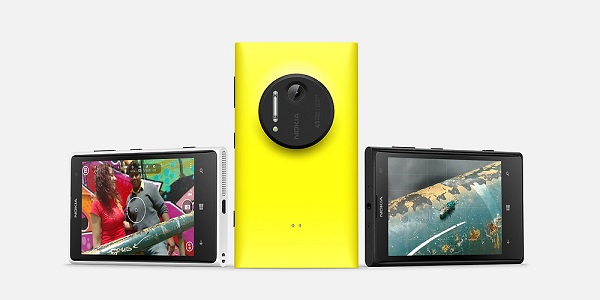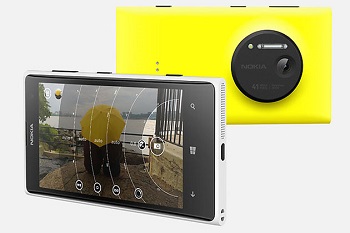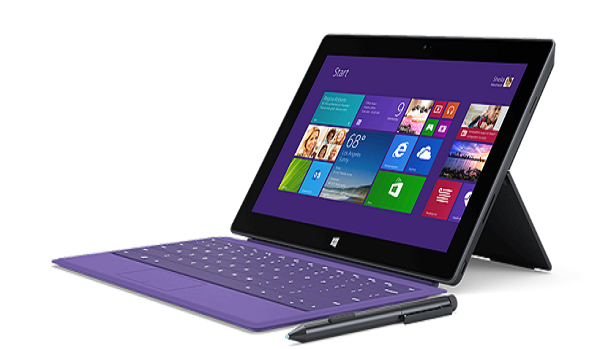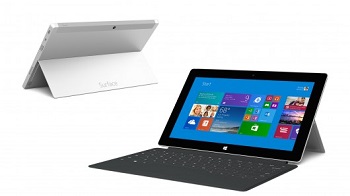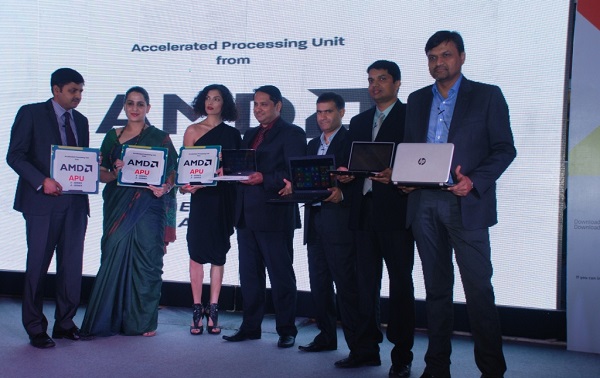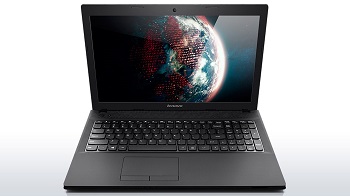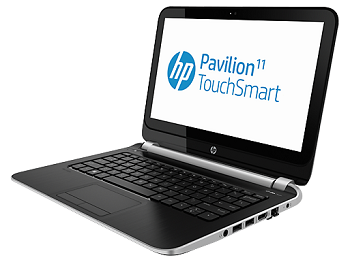The country’s first Android store opened this week. The store’s fun and engaging concept was developed in collaboration with Google.
by Manik Kakra
Spice Mobile, one of India’s leading mobile companies, opened the country’s first AndroidLand store in Noida’s The Great India Place recently. The store houses Android devices from Spice, Lenovo, Samsung, LG, HTC, Karbonn, Sony, LAVA and Micromax, along with a variety of accessories for your device. Google is reportedly helping in training staff for more such stores in order to give a user improved experience and know-how.
 The store also has free WiFi access for users to download and check apps on their Android device, as well as get their queries related to the OS answered there and then.
The store also has free WiFi access for users to download and check apps on their Android device, as well as get their queries related to the OS answered there and then.
“We are confident customers will love the fun and engaging store concept that we developed in collaboration with Google. We have created a destination for customers to experience Android technology and learn about what they can do with mobile Internet. Spice has always believed in constant innovation in retail and with this launch we have kept our promise of bringing many ‘firsts’ to India”, in the field of technology retailing,” said Dilip Modi, Co-Founder and Group CEO, Spice Global.
While it is good to see such initiatives in the market, especially considering we might soon get Play Store gift cards in India, it would be interesting to see how well these stores compete against these companies’ own and other retail stores. The company has also opened a bigger store in Bangalore.
